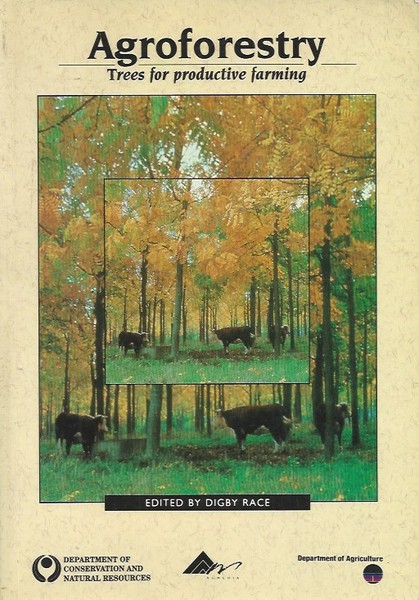Farm forestry can be described as the integration of trees and shrubs with farming for multiple benefits. The term farm forestry can be used interchangeably with agroforestry. Well designed farm forestry is a means of integrating trees and shrubs with farming to provide: • commercial opportunities with forest products; • shade and shelter for livestock and crops; • land protection with groundwater and erosion control; and • conservation of native plants and wildlife on farms. Farm forestry is best developed with property management plans to ensure the range of benefits can be optimised for a farm and local catchment. It is only through systematic planning that farm forestry can successfully provide a range of environmental, economic and social benefits. The introduced tree Radiata Pine (Pinus radiata), is often used in farm forestry due to its reliable growth, versatile timber, and established markets. Native trees however, are increasingly being used in farm forestry as understanding increases of the potential growth, products, and markets. While native and introduced plants can equally be used in farm forestry, this chapter focuses on the use of native plants. There is much diversity in farm forestry designs and purposes throughout Australia, as a response to the different and varied needs of farming familiesx, 240. : ill. ; 26 cm. #1218 (Prev. ownership on prelim.)
Note:
Invalid ISBN
0730629473
